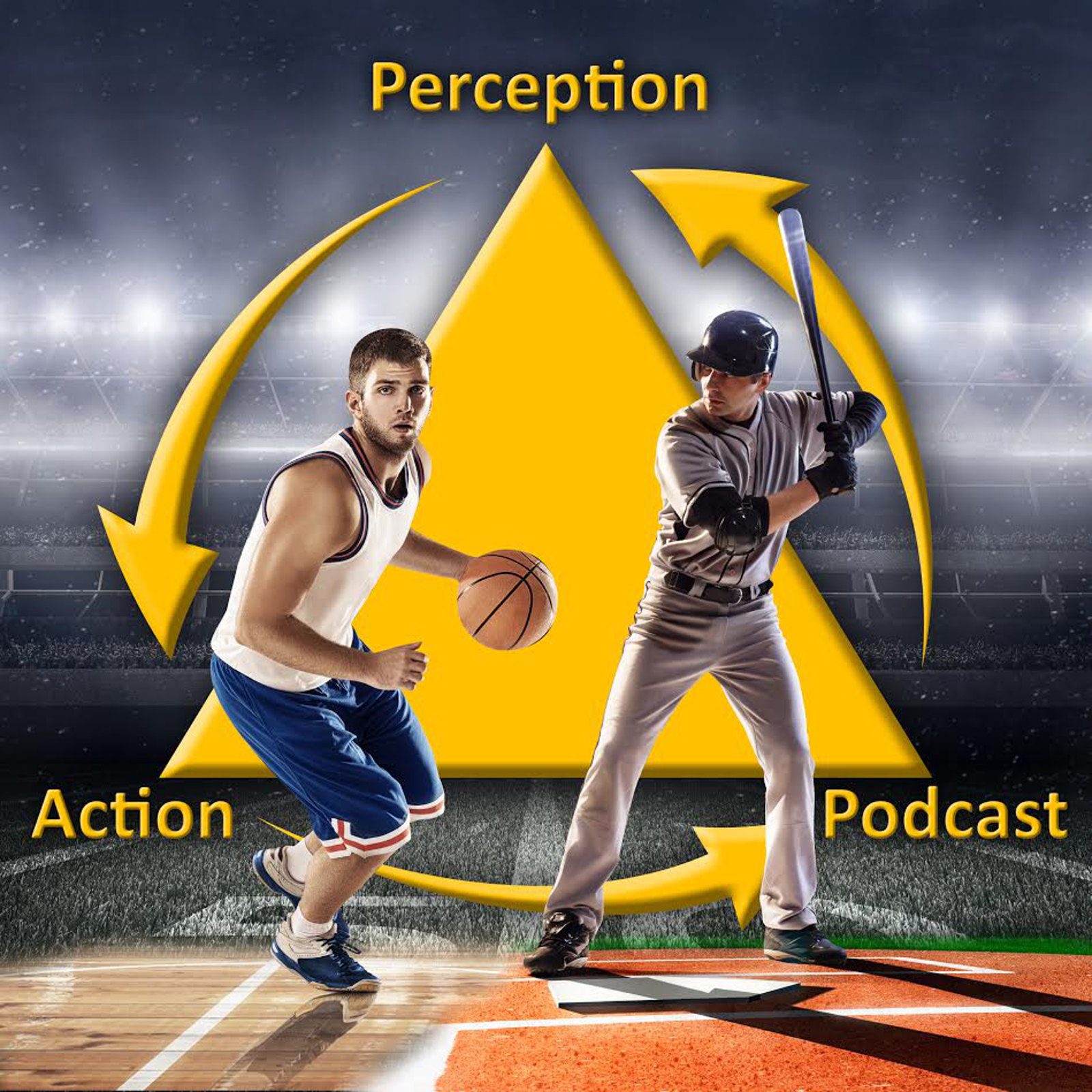This is an issue I have been asked a lot about lately. As I have emphasized in both of my books, individualized coaching is one of the central tenets of the ecological approach to skill. We need to consider an individual athlete’s organismic constraints and intrinsic dynamics. We need to create affordances in the practice environment that depend on individual effectivities (body dimensions and action capacities) – a gap or ball moving at a certain speed does not offer the same opportunity for action to every player. And, finally, we need to challenge the athlete at the right level so that they get information for learning. How can we achieve all of this when we have 10 athletes standing in front of us with large individual differences in ability?! While there is no simple fix, I think there are some best practices we can use. And like with most things in the ecological approach, we can view this as an opportunity rather than a problem! So, here is what I try to focus on when I run a practice.
1.Constraining to afford in both directions. When working in a group that includes one or more athletes that are much more experienced than others, I like to think back to being a kid playing street hockey in Canada and ask: how can we change the game to even the playing field? How can we change the constraints for different players so that we can give the more experienced athlete a new movement problem to solve while at the same time opening up new affordances for the lesser-skilled players when they play against each other? Here I am talking about things like using different equipment, creating different rules for scoring (e.g., the more experienced athlete has to put it in a smaller area of the net or court), having two players always guard one in a small-sided games scenario, adding a rule that the more-experienced athlete can only use certain movement solutions (e.g., they have to defend their arms behind their back in an MMA training activity) etc.
2.Taking advantage of variable observational learning models. Although it can seem like having athletes of very different skill levels is problematic it actually creates the ideal situation for observational learning. Research has shown that we learn best when exposed to a mixture of peer (watching other athletes that are close in skill level to ourselves) and expert models1. The former allows learners to gain information from seeing errors in performance and gaining better information about what they themselves are doing when executing the skill. Viewing an expert gives learners the opportunity to pick up information about new affordances and new possibilities for movement solutions. So, I try to have the more-experienced athletes do demonstrations for the lesser-skilled as part of..
3.Create learning opportunities by allowing athletes to coach. Allowing athletes to coach each other in practice activities can be a very powerful tool for learning. Especially, when they know that they will be asked to do it beforehand. In a really interesting set of studies, Keith Lohse and colleagues2 have shown that when athletes have the expectation that they will have to teach a skill later, they learn the skill more quickly and effectively themselves. Results suggest that when expecting to teach we attend to different things and pick up different information when learning the skill ourselves. One of the things I love to do when this is happening is walk around a listen to the things the kids are telling each other. This can be a great way to “steal” cues and analogies that are more relatable to younger athletes! Sometimes my examples of programming VCRs and playing Pac-Man fall on deaf ears LOL
4.Use co-adaptive practice design. Instead of having a practice activity that is too easy for the more-experienced athletes (e.g., just put the ball in play in a baseball batting activity) or having one that is too hard for less-experienced ones (e.g., try to hit the ball to the opposite field), I like to let the athlete choose their intention for each execution. For example, I might ask a tennis player: “what are you going to try to do with this serve?” Typically, you get answers that reflect the skill level (e.g., “make sure it lands in” vs “make my opponent return it on their backhand”) but you can also guide this as a coach by making suggestions. Giving the athlete choice has both the benefits of promoting autonomy while also creating a more effective level of challenge for each individual.
5.Taking advantage of the opportunity to do some pressure training. There is a lot of research showing that adding pressure to training can lead to better motor learning3. So, I like to take advantage of groups to create one of the most effective types: social pressure. While creating competitions (the first person to hit 10 balls in fair play wins) can be effective, creating social consequences for not performing well (e.g., my favorite – having the person that gets the fewest number of hits make a speech in front of the team) seems to better simulate the type of pressure that makes some athletes fail in competition. To take into account different skill levels I either have different constraints (i.e., scoring systems) for the different athletes or put them in small teams.
Those are just a few things I try when dealing with this challenging coaching situation. Here is another good post I found about it4
1.Observation interventions for motor skill learning and performance: An applied model for the use of observation
2.Expecting to teach enhances motor learning and information processing during practice
3. 79 – Designing Affective Practice I: Using Pressure to Aid Motor Learning,
4. https://www.basketballforcoaches.com/differences-skill-level/
